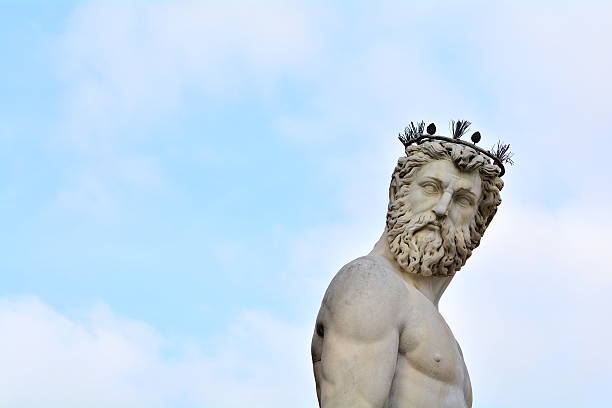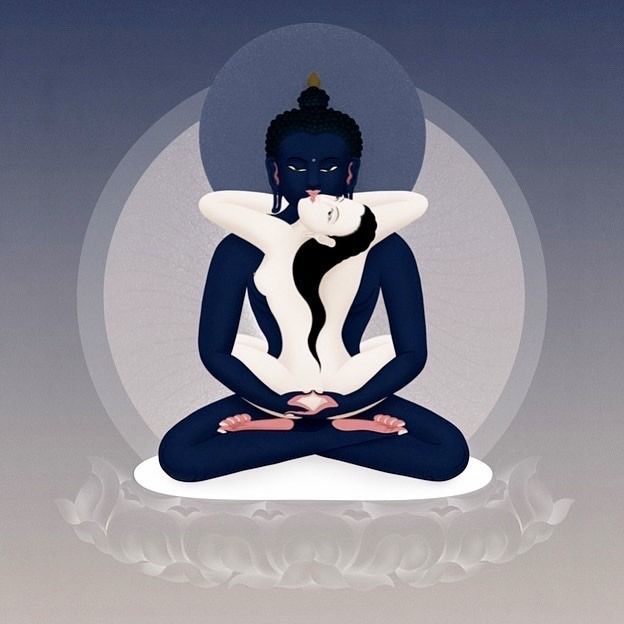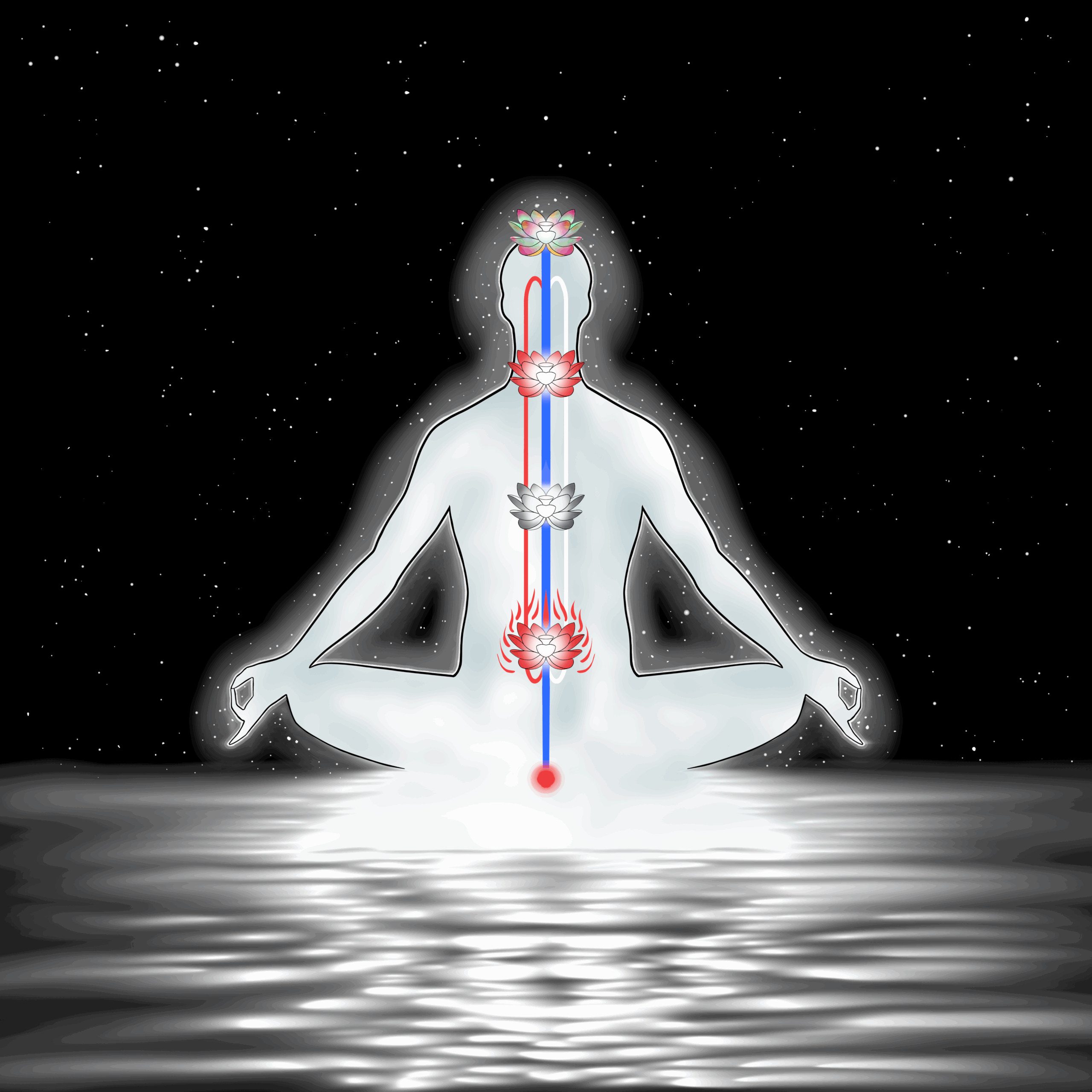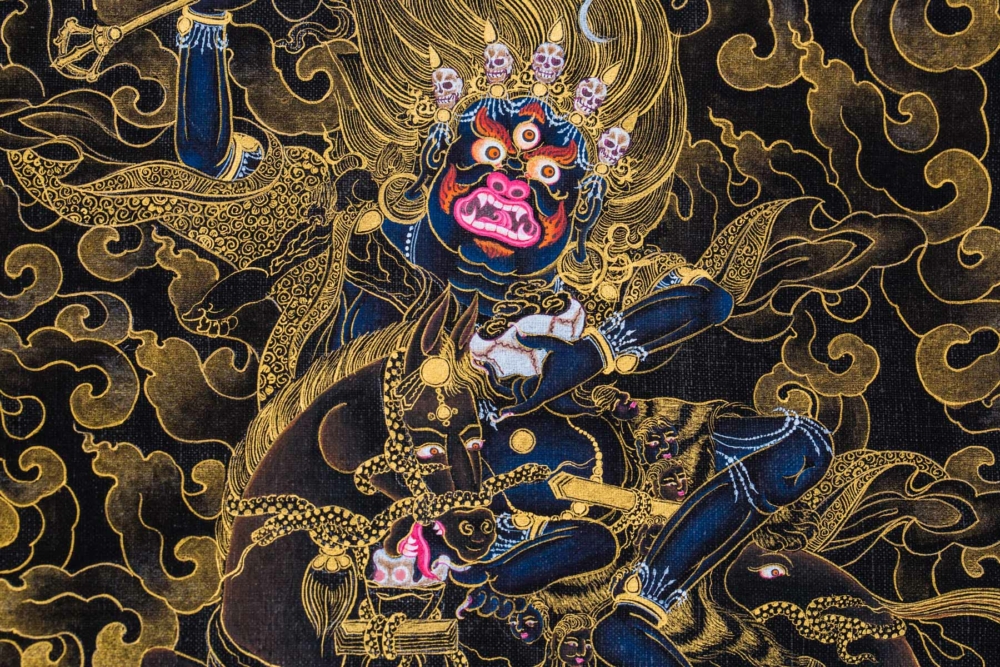Yoga
Yoga, often misunderstood as merely a system of physical postures, is in fact a profound tradition of psycho-spiritual development that stretches back over 2,500 years. Its origins lie deep within the spiritual soil of ancient India, where it emerged as a disciplined path toward inner freedom. While the Western world commonly associates yoga with asanas (physical postures), the historical roots of yoga reveal a multidimensional system for transforming consciousness.
The earliest references to yoga appear in the Vedas, the sacred hymns of early Indian civilization. However, it is in the Upanishads and Bhagavad Gita that we find yoga articulated as a method of self-realization—combining devotion (bhakti), action (karma), and knowledge (jnana). The Yoga Sutras of Patanjali (circa 2nd century BCE), a foundational text, systematized yoga into the eight-limbed path (ashtanga yoga), outlining practices ranging from ethical living to deep meditative absorption. Yoga later evolved through the tantric and hatha traditions, emphasizing the awakening of kundalini energy and the subtle body through postures, breathwork (pranayama), and meditative focus.
What ancient yogis described in metaphor—the taming of the “monkey mind,” the balancing of “vital winds,” and the stilling of consciousness—modern neuroscience is beginning to measure.
Join our Newsletter
Sign up for our newsletter to receive our articles and updates about our last classes.








